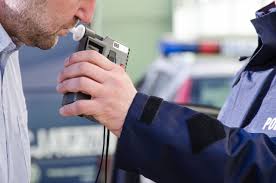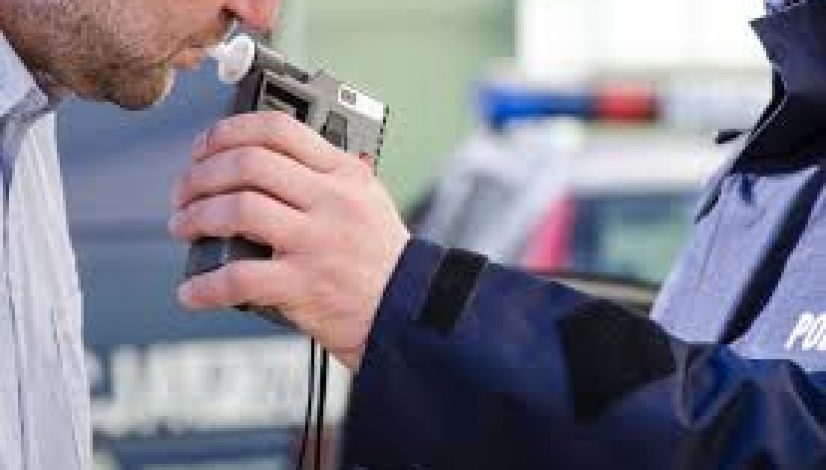Canada’s New Drugged Driving Tests
Driving under the influence of marijuana or alcohol or any other substance that takes away from your full faculties is dangerous for everyone. It is a main focus of authorities everywhere to deter people from operating any sort of heavy machinery while drunk or high. It is particularly challenging for authorities such as the police, to determine if someone is stoned while behind the wheel. Canada is getting ready for the adult-use market and police are frantically preparing to stop any and all consumers from driving a vehicle after smoking cannabis.
Canadian authorities have devised a plan to conduct sobriety tests much akin to the field sobriety tests police used here in the U.S. to tell if someone has been drinking alcohol. Public Safety Canada pumped $81 million into a program last year to help police determine whether a driver is under the psychoactive effects of marijuana. The end result is a 12-step process referred to as Drug Recognition Expert evaluation or DRE. It has created a lot of controversy for its lack of science based backing and the potential of innocent drivers facing arrest.
 Breathalyzer
Breathalyzer
If you are pulled over in Canada, the police will first give you a breathalyzer to make sure you are not driving sporadically due to drinking alcohol. If the driver then passes the breathalyzer, authorities will then begin the field sobriety test. Drivers will be asked to stand on one-foot, walk a straight line, turn on the line to walk it some more and then undergo an eye-exam. Sounds original, complex and worth $81 million, right?
Science has shown that the body metabolizes THC much slower than alcohol, which means that cannabinoids stay in the blood stream and lingers in fatty tissues for weeks at a time. However, the psychoactive effects of cannabis consumption only last a couple of hours at most. So scientists and police have yet to determine a definitive way of determine just how high someone is as one point in time or another. Standing on one leg for any period of time can be challenging for even the most sober of people which is why we have two legs. Blood shot eyes and dilated pupils can be caused by any number of things. In any case, the process for testing high drivers in Canada is flawed and will likely lead to many lawsuits and false-positives. If the police did not use up all $81 million on devising this unsophisticated sobriety test, they will need the extra funds to cover court costs.
No one wants to undermine the efforts of police in keeping the public safe and upholding the law. However, many of the lawmakers and authorities devising these tests are unfamiliar with marijuana and work off of assumptions that compare cannabis to alcohol or other drugs. Long time cannabis consumers may argue that these concerns are overblown and will only lead to people facing overly aggressive convictions. Come December, police in Canada will be able to conduct saliva tests that only can tell if cannabis is in a person’s system. The issue of drugged driving is likely only to become more controversial as time goes on until scientists have discovered a testing system similar to the breathalyzer that is simple, cost effective and accurate.
Tags
breathlyzerscanada marijuanacannabis newsDREdrugged drivingmarijuana legalizationsobriety tests


